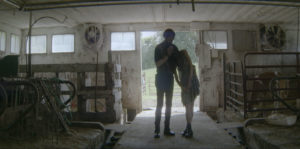
An experimental, dramatic film about the apocalypse brought about by the war of wars with nuclear weapons is the premise behind co-directors Bill Connington and Kelley Van Dilla’s Poughkeepsie is for Lovers. Broken into seven chapters, perhaps a reference to the book of Revelation and the seven seals, writer/star Connington, presents a more carnal perspective on a subject that feels ever present in our current existence.
Poughkeepsie is for Lovers opens with an animated black and white sequence with careful sound and audio editing that is like a moving Rorschach test. But, its focus is on the couple. The only real characters in the film are the devoted to Christ Charles (Connington) and the apathetic Eve (Natia Dune), a struggling artist who prefers to be called a painter. Eve’s slouchy and slightly unresponsive character against Bill’s active worshipping is an interesting combination. As the film unfolds with various storytelling techniques, expansive imagery, and anxious messaging on the state of things in real life about nuclear war, Charles and Eve go through the motions and try to maintain their relationship.
At first, their trip to a friend’s weekend house in Poughkeepsie is a drill for the actual war event. Yet, there are warning signs everywhere that the end is happening. At one point, we discover Eve is pregnant, and the film reveals a more cerebral perspective on relationships, commitment, and responsibility. Again, a type of artistic expression guides this along with exciting imagery, editing, and sound. The score, with its inflections of horror, adds to the effect.
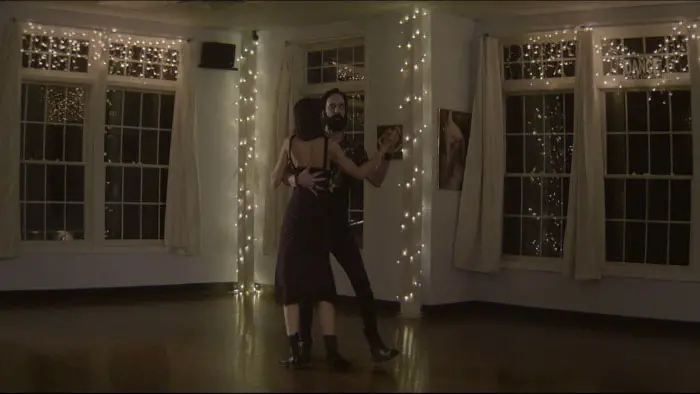
“…the apocalypse brought about by the war of wars…”
The chapters are Omen, Exile, Loss, Gathering, Suffering, Transition, and Repose. Each one offers insight into how men and women exist, going through the motions of life ending or being destroyed. Chapter I, Omen, is about the threat of nuclear war. Exile is how ten million people are practicing an escape route, while chapter III is a little predictable but shows how the unimaginable is happening. Chapter IV, Gathering, dives deep into a somnambulistic state of what the film’s truly about.
Suffering is a known reality of going through a war and having to save your life, where a dance sequence, a little lengthy, provides the calm before the storm. In chapter VI, Transition, the attack is on, and sheltering in place is real. The final chapter of Poughkeepsie is for Lovers is about life after the war at a horse farm, which might symbolize Christ’s second coming, but feels more like a music video. Each of these chapters involves only Charles and Eve, with implied or indirect action in very simple locations with little to no dialogue.
The overall metaphor of how a relationship can be similar to war is not a strange one, but the filmmakers give it an interesting angle relevant to our 21st-century world. Whether it is sex, eating, drinking, parents, kids, or being in nature, all our issues seem to be the same no matter how they look or where they exist. In the end, it’s all relative, making the title, Poughkeepsie is for Lovers, very apropos. The feature honors the independent spirit of low-budget filmmaking while making a point. Love can be found almost everywhere. It’s up to the individuals on how to pursue, grow, or expand it, even in the bizarre state of the world.
For screening information, visit the Poughkeepsie is for Lovers website.
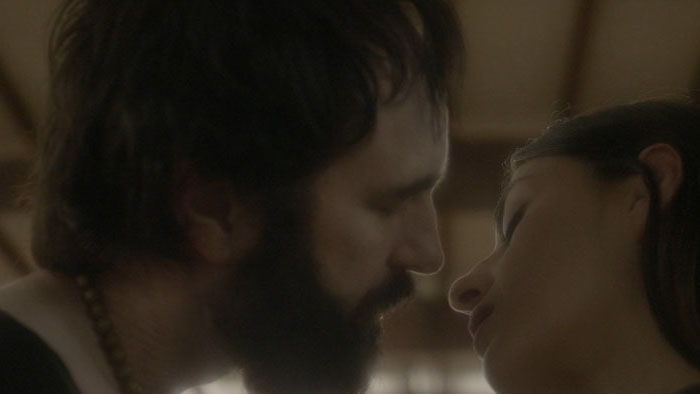
"…the filmmakers give it an interesting angle..."
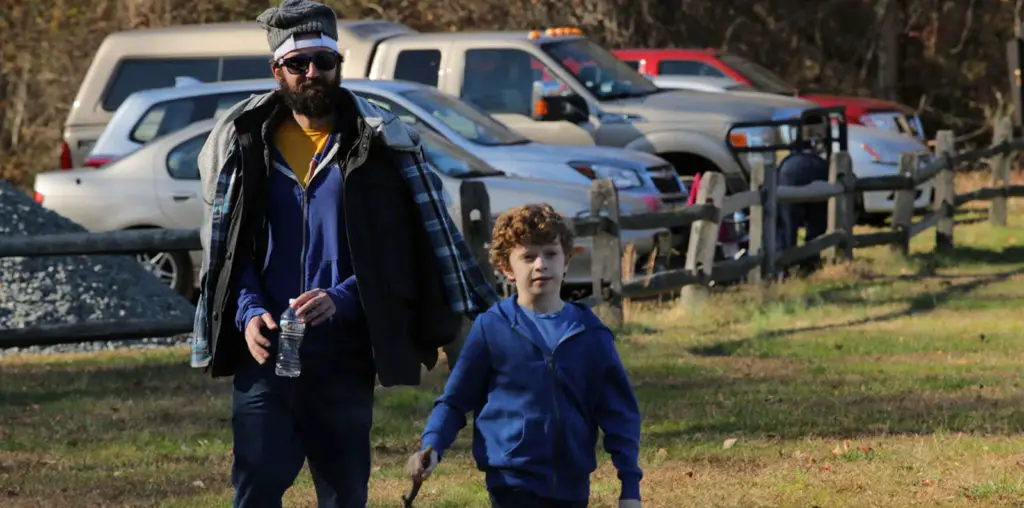
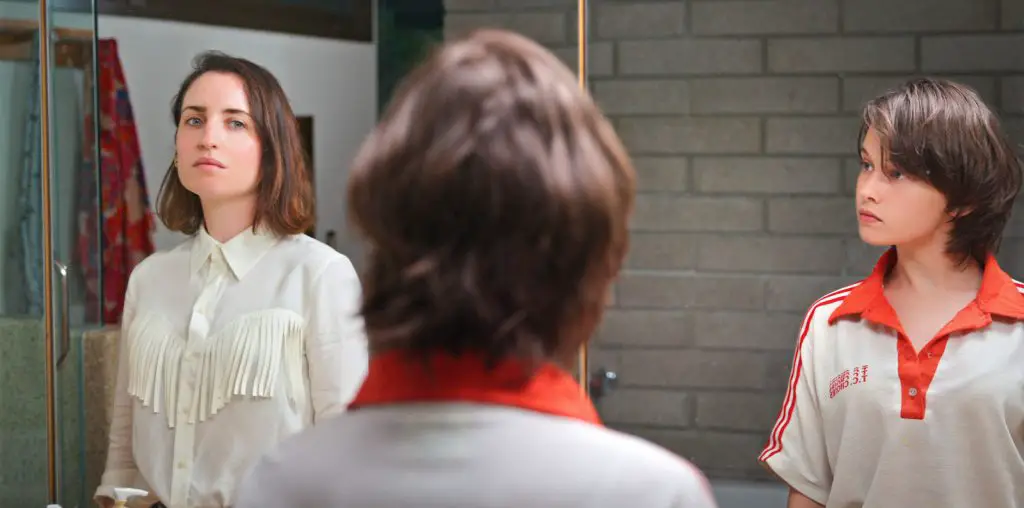
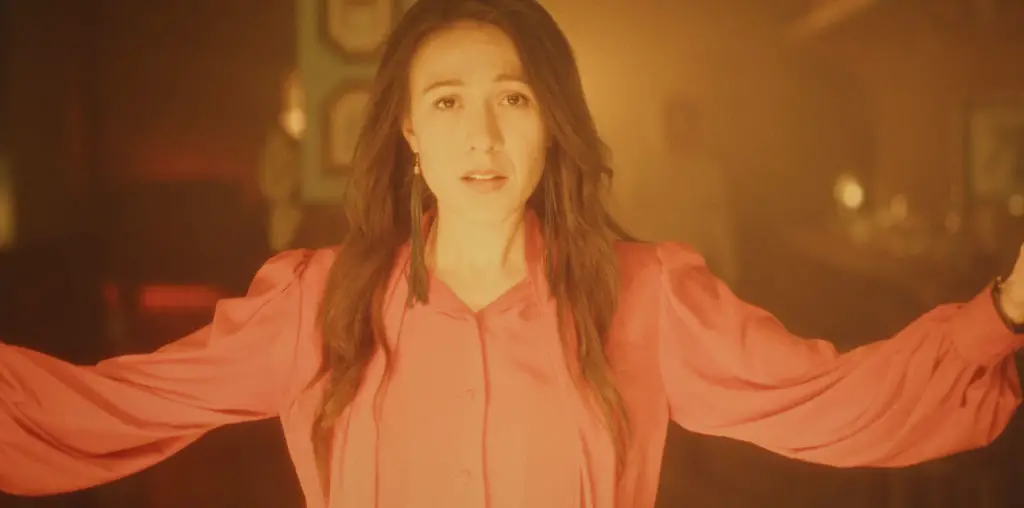
Honestly this film is so bad. 5 minutes into watching it I knew is was the product of a Vassar college student. I am from Poughkeepsie and the perception of what life is like there is very distorted and off base. The acting is subpar and the film itself moves along so slowly that the purpose and message gets lost and to be quite frank it’s just boring to watch.
[…] FULL ARTICLE […]
[…] Source_link […]
[…] Source_link […]